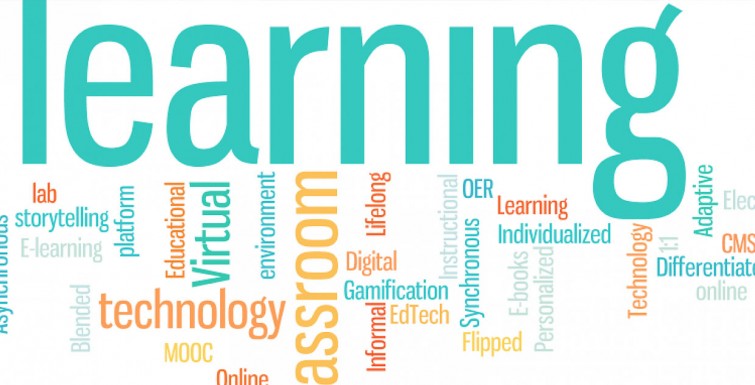Before your students even enter the classroom, here are five strategies you can implement make your students’ educational aspirations a very real, practical and achievable daily/weekly goal.
1. Inform Everyone of Your Edtech Goals and Practices
Tell administrators, colleagues, students, and parents what you’re planning. In addition to scholarly databases and university websites, you and your students will need access to social networks like YouTube and Twitter. In order to consult evidence, experts, and to truly investigate any topic, the Internet cannot be subject to excessive school district censorship. Get the required permissions signed and get the nod of approval. But, no matter what, be determined to be the teacher that opens up the world for your students. I mean it. Stop at nothing.
2. Give Students the Gift of a Research Toolbox
Let’s be real. Students go to Google and YouTube first when searching for answers. They have access to amazing video tutorials and academic articles right along with ridiculous falsehoods. So, let’s bolster up the classroom research!
First, show them the right way to find the answers. Google provides the tools needed atGoogle a Day. In addition to providing your students with an online adventure that you could turn into a classroom competition, Google a Day has hints on how to really use search engines to find right and true information.
But finding an answer is only the beginning. Students need to know how to evaluate the source of their information. There are a few sites, like All About Explorers and one website dedicated to saving the Endangered Pacific Northwest Tree Octopus, that look superficially legitimate, but are designed for students to investigate deeper for authenticity, reliability, and accuracy. With a few clicks, students will find false and even silly claims that will make them laugh while also teaching them a lesson about website evaluation.
Want to know even more about the history of a website’s development? Show your students the Wayback Machine. It is a digital archive with snapshots of websites from throughout their history. What did YouTube looked like in 2005? Just enter the URL and click Go. If we teach our students to be smart about how they learn online, our schools won’t need to put up excessive blocks on Internet accessibility in school.
3. Harness the Power of Social Networks
Students create clever videos appealing to celebrities, and can even inspire others with a simple Twitter account. Why not use that power to extend the academic discussion from your classroom?
Create a hashtag for your class–after all, hashtags can be used on a number of networks, from Twitter to Facebook to Instagram. You can share resources you happen across and your students can share their own experiences from your classroom. Use Instagram to capture moments of discovery in your classroom. If you use a hashtag and keep at it, you’ll find your students doing the same soon enough. On Facebook, create private groups for clubs you advise or teams you coach. You and your students can communicate and share resources without accessing one another’s personal Facebook profiles and posts outside of the group.
4. Learn from Your Students
The truth is, educators don’t always perform flawlessly for their students every single day of the school year. It is a teacher’s duty to model learning and communicating as much as it is their duty to teach the content and skills that you are charged with teaching.
But when your students arrive in the classroom with their own ideas about how to collaborate and create, talk it out with them. If it is exciting enough for them to bring to you, it is exciting enough to give it a shot.
When students have a voice in how to use edtech to learn together, they are more invested in the academic experience.
5. Publish, Publish, Publish Student Work
It is essential that your students publish their work right at the beginning of the year. Their first creation could be simple: a written reflection of holiday-period learning, a photo essay, or a list of goals for the year. The point is to get them used to putting their creations out there for others to see and react to.
For example, students may each have their own blog, and by the end of the year, they have a fantastic digital portfolio of their work. To encourage them to really do their best work, tweet out links to excellent pieces to a PLN (professional learning network) or write about them on your own professional blog. Kids love to watch their site visits go up as a reward for their hard work. They can look back at their growth, and parents and other teachers can see evidence of student work, as well.
Let it be known: the most important strategy that should be employed throughout your edtech preparation is communication. Be open with your students, their families, your colleagues, and administrators.
Not everything will go smoothly, but as long as you are open to ideas and maintain theright mindset, this year will be the year.


